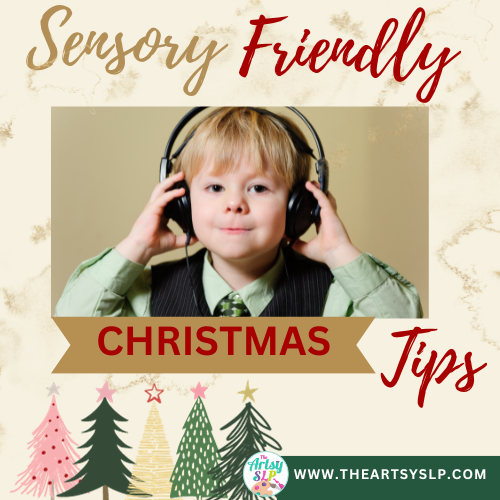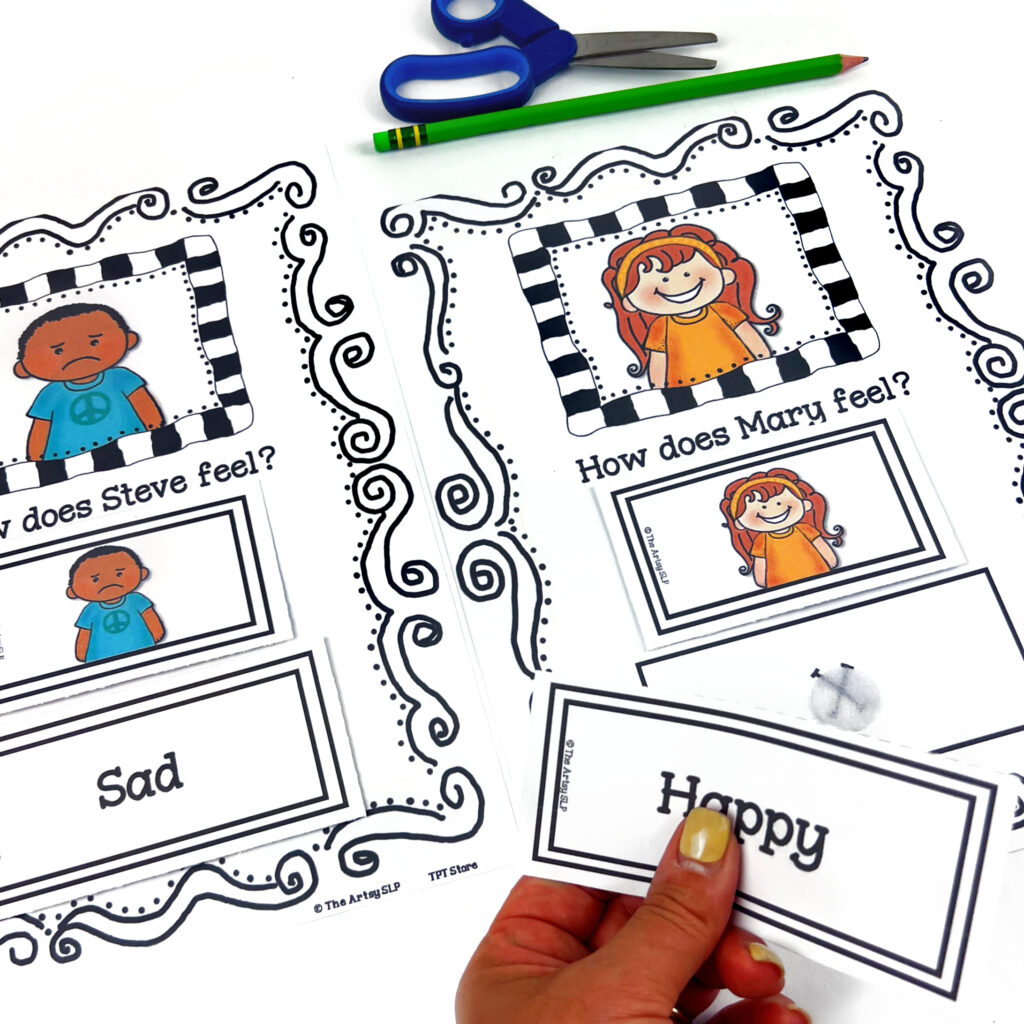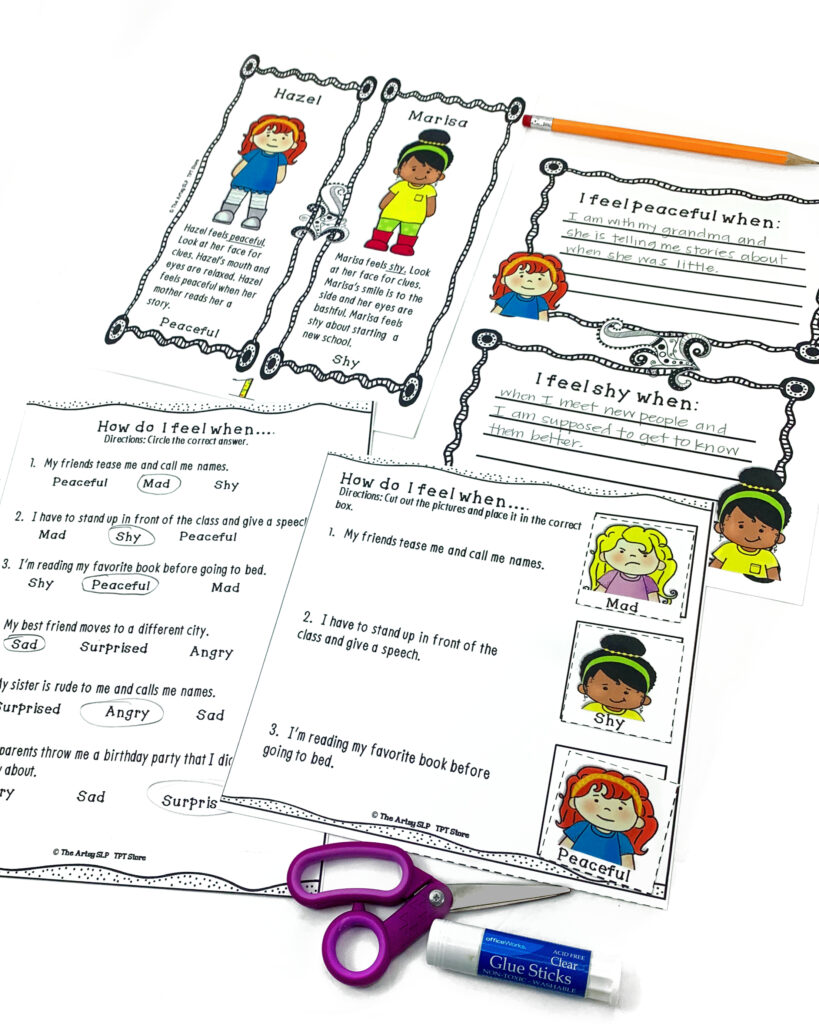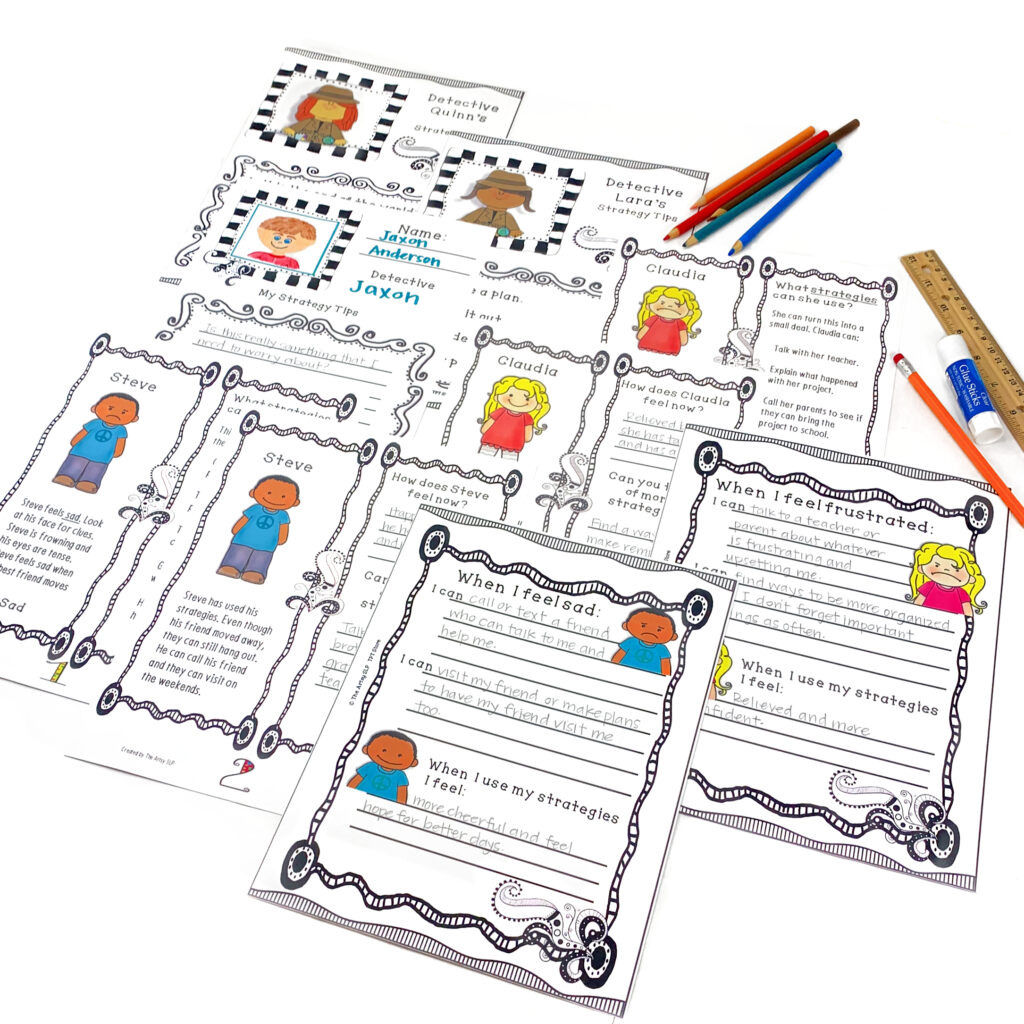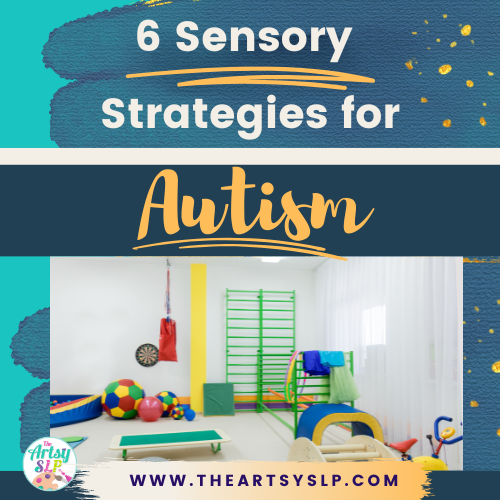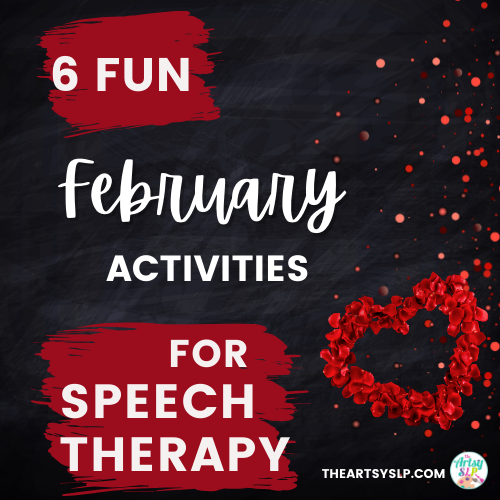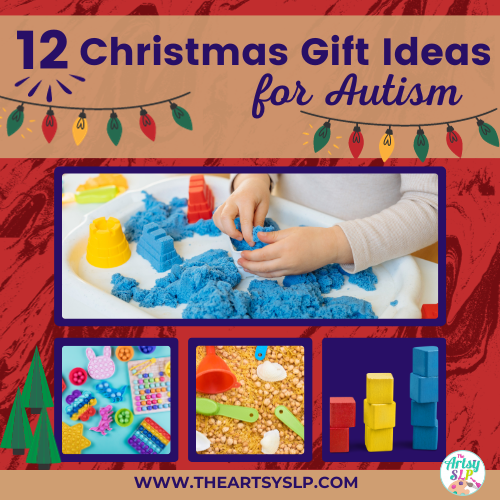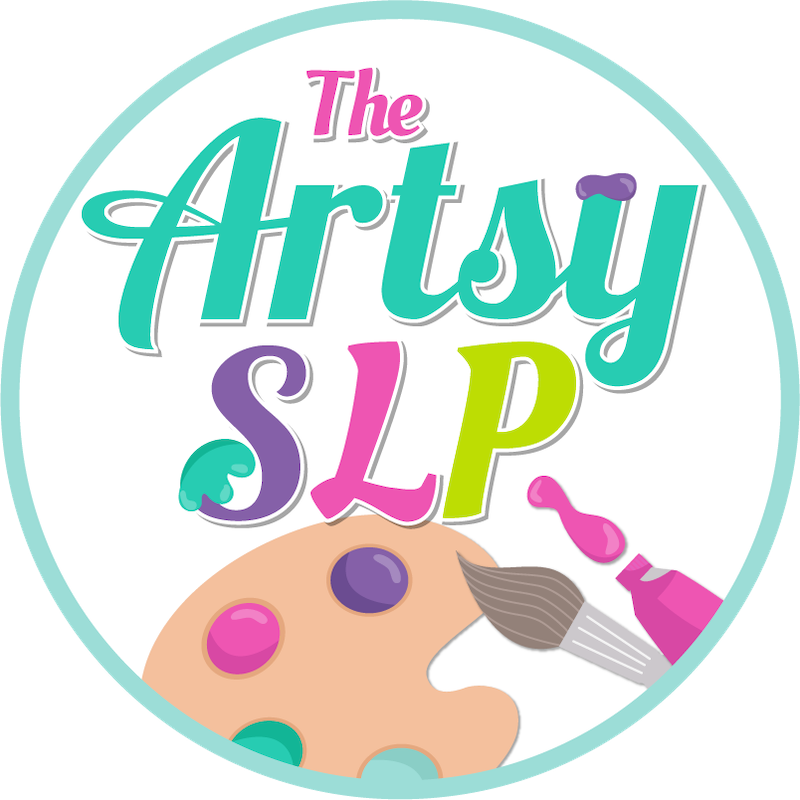Christmas is a holiday that brings joy, love, and warmth to people all over the world. It is a time for cozying by the fireside, sipping hot cocoa, and spending time with family. Creating a sensory-friendly Christmas is important so that everyone is able to participate in the activities together.
Sensory Friendly Family Holiday Ideas
- Sensory Friendly Santa
Taking pictures with Santa and sitting on Santa’s lap is a classic holiday tradition. Most children look forward to telling Santa what’s on their Christmas list. The long lines, wait times, the noise, and crowds are difficult for most children. However, for children on the spectrum the long wait times and sensory input can be overwhelming. Many areas offer an option for a “Sensory Friendly” Santa. It allows children to interact with Santa in a more subdued and calm environment. You have to register ahead of time. Click on Autism Speaks for more information on a Sensory Friendly Santa event in your neighborhood. Show your child a picture of the area ahead of time and consider using a visual schedule, so they know what to expect. - Sensory Friendly Holiday Films
Going to the movies is a holiday tradition many families enjoy. In the world of streaming, tablets, phones, and devices; everyone seems to be busy doing their own thing. However, during the Christmas holidays, it’s a time for everyone to come together. Many families still enjoy going out together to watch movies at a movie theater. AMC Movie Theaters has partnered with the Autism Society to offer Sensory Friendly movies. During this time, they turn the lights up and the sound down so that people on the spectrum can enjoy the movies. They have over 100 locations with 4 showings per month. Click on AMC Sensory Friendly Films to find out about movie listings in your area. - Baking Holiday Treats
Baking yummy cookies, cakes, and other goodies is a fun holiday activity that many look forward to each year. Use a visual recipe to help your child participate in the activity and it allows them to be more independent. A visual recipe breaks down complex tasks into manageable steps by having a visual picture to represent each step. Consider also using a visual schedule so that your child knows what to expect. Assign each child a task they are responsible for; help with setting the timer, stirring the dough, or adding the sprinkles. For ideas, click on this Visual Recipe for Chocolate Chip Cookies from the Accessible Chef. - Holiday Lights
A popular holiday tradition is looking at Christmas lights together as a family. Some families like to take a holiday lights walking tour. For children with autism, this could be overwhelming. Consider driving through the Christmas lights instead. Your child can bring a snack, their favorite toy, and enjoy the Christmas lights from the comfort of their own car. You can play Christmas themed songs to get the family in the mood and many venues offer coordinated lights you can tune in on your radio. Talk with your child ahead of time and show them a picture of where you are going; so they know what to expect.
RELATED: Christmas Holiday Activities for Teens and 6 Fun Holiday Activities for Speech Therapy. - Christmas Dinner
Having dinner together as a family is what the holiday season is all about. Especially visiting relatives to enjoy a family meal. What comes to mind for many is visions of roasted turkey, mashed potatoes, macaroni cheese, and more. However, many children on the spectrum are notoriously “picky eaters” and may have a sensory aversion to certain foods. Remember that the holidays is about coming together, not about everyone eating the same thing. If your child has certain foods that they prefer, fix them for Christmas dinner just like any other time. If you go over to visit relatives, take their favorite foods with you. Try to keep their routine as typical as possible and use a visual schedule ahead of time so that your child knows what to expect. Be sure to have bring items that help keep your child regulated and calm. - Sensory Friendly Space
When visiting friends and family, it can become overwhelming for your child with autism. The people, the talking, music, tv, the lights, and many other sensory input in the environment can be overstimulating. The same can be true if you have relatives visiting your home for Christmas. It’s important that your child has a place in the home where they can go to feel safe. Your child needs to know they have a safe and quiet space to exit the experience when they feel overwhelmed and need a break. If hosting an event at your home, this space may be your child’s bedroom. Explain to your guests when your child may need a sensory break and allow your child to be excused. If you are visiting relatives, talk with them ahead of time about a space your child could use when they need quiet time away from all of the stimulus. Also be sure to bring noise reduction headphones and sensory toys to help with the sensory overload.
Grab my Winter Cut and Fold FREEBIE for more Winter Themed Activities.
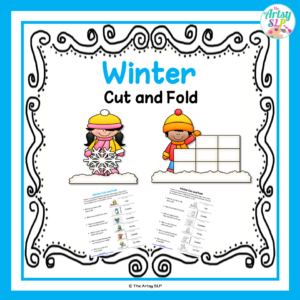
Remember that creating a sensory-friendly Christmas is about accommodating your child’s needs and preferences. So be flexible, understanding, and enjoy the warmth of the holiday season.
You may enjoy these social skills resources:

this page.

